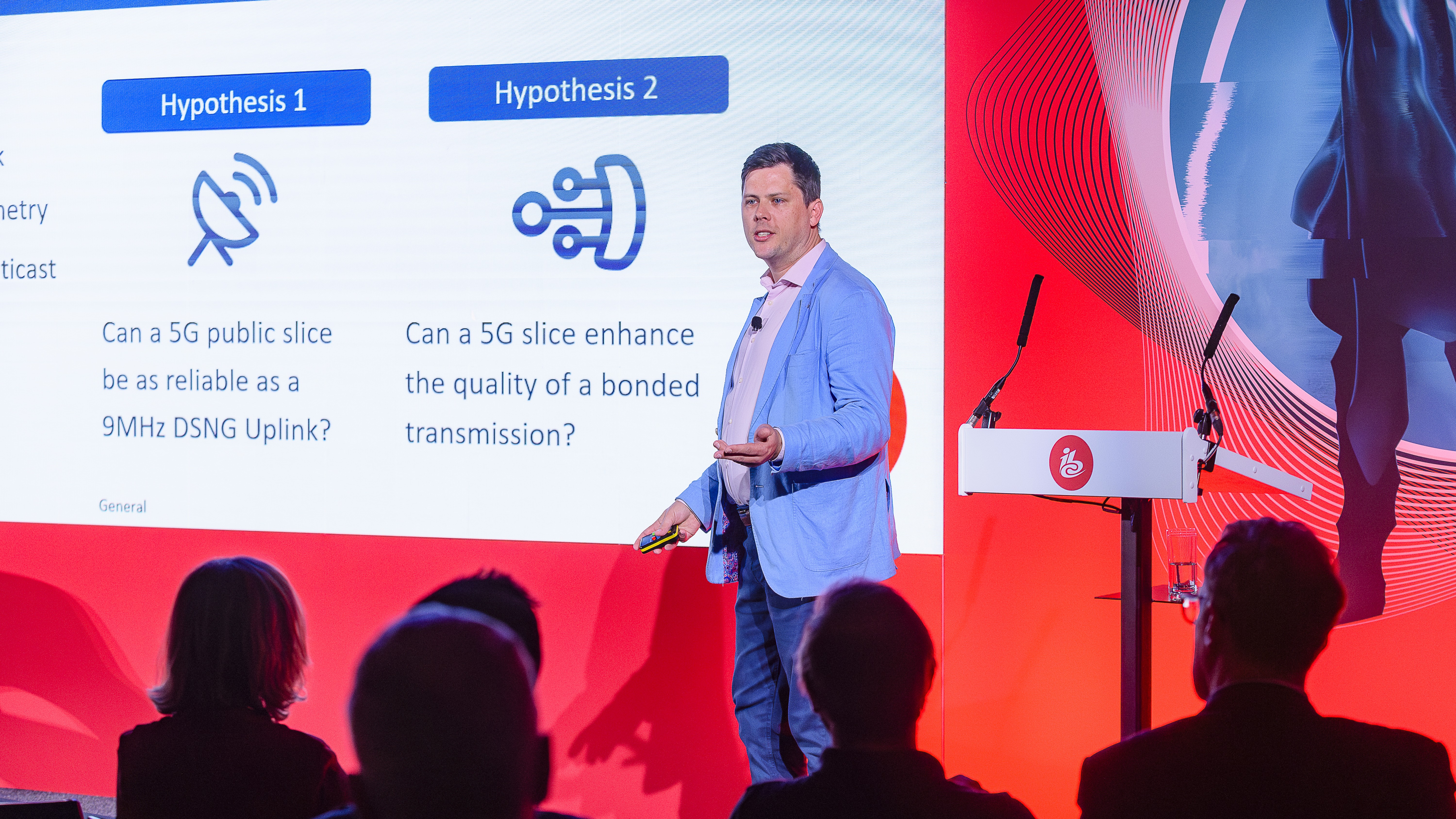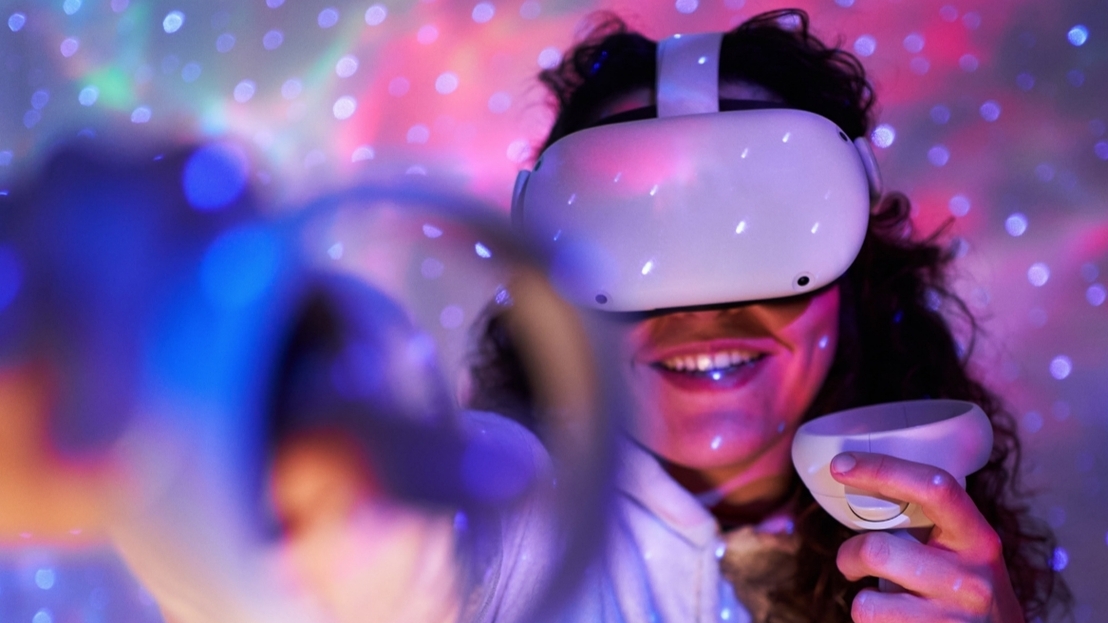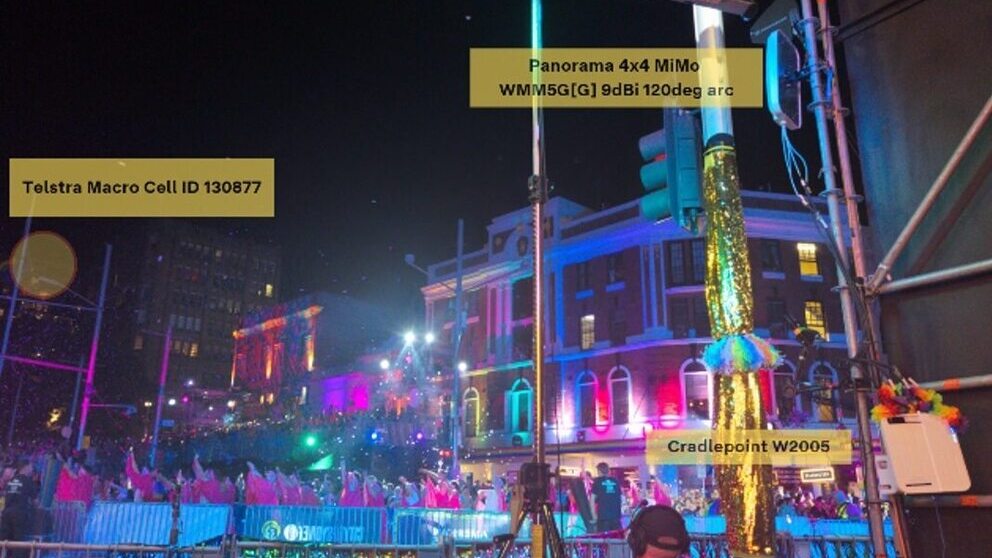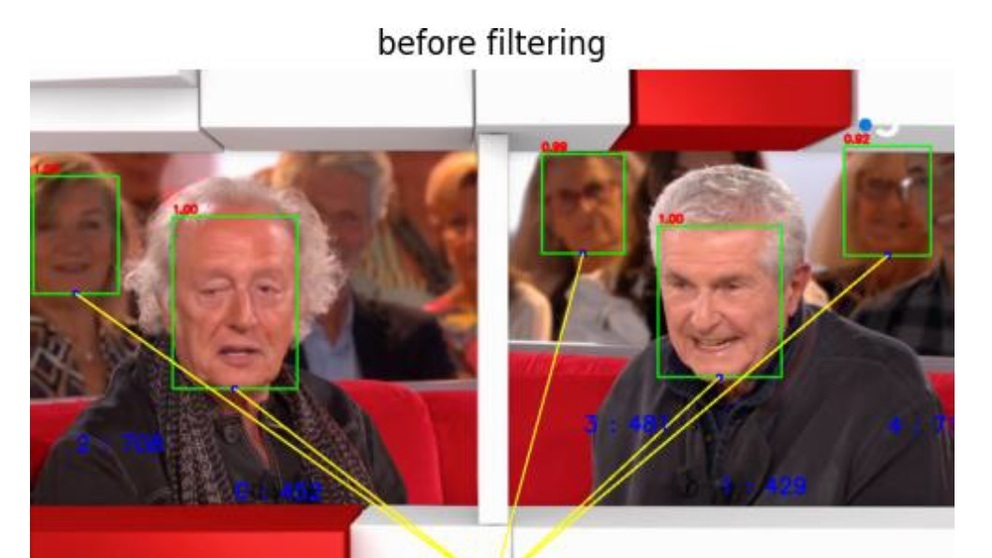In the second of two articles about the IBC’s long-running Technical Papers Programme, David Davies looks at some of the prominent technologies and topics among the 2024 submissions.
In the first of two articles about the IBC’s Technical Papers programme, we looked at the objectives and structure of the annual ‘call for papers’ and ensuing selection process and conference. In this second feature, the focus turns to the ‘class of 2024’, which was eventually filleted down from more than 300 proposals to around 40 whose authors were invited to submit full papers. Of these, a total of 24 will be presented across nine sessions at the IBC 2024 conference.
Once again, as Executive Producer, Technology, Dr. Nicolas Lodge – who works closely on the Technical Papers Committee with its Chair, Dr. Paul Entwistle – notes in his introduction to ‘The Best of IBC 2024’ publication: “The 20 committee members were not only looking for contributions which are highly novel, but which are also topical, analytical, entertaining, educational, well-written, and which have the potential to make a significant impact upon the media industry. Often the best papers will also have demonstrated their success through simulation, prototype development or full practical trials.”...
You are not signed in.
Only registered users can view this article.
Esports on the rise despite Olympic debut delay
Esports is on a roll. The global esports market passed the $2bn mark last year and is expected to be worth nearly $11bn by 2032. Tournament prize money is rising and audiences on channels like Twitch are expected to top 640 million worldwide in 2025. IBC365 takes a closer look at the events shaking up the esports landscape.

Content Credentials: Initiative breaks through but can it achieve industrial scale?
The C2PA-created open standard has reached a significant level of support and adoption, but there remains work to do before it fully delivers. Adrian Pennington reports.
ProAV: Broadcast convergence will help fuel the next five years of growth
Forecasts from AVIXA offer strong growth predictions for the proAV industry until the end of the decade. David Davies finds out what’s driving the expansion, and what it tells about the ongoing convergence between broadcast and AV.

Balancing act: Insight from UK's leading women-powered M&E businesses
Nexus Studios, Hartswood Films and Filmsat59 are three UK businesses representing media and TV in JP Morgan’s Top 200 Women-Powered Businesses report. IBC365 speaks to this elite group of leaders and finds one key issue holding more women back.

MWC2025: EU must stand alone in network-AI war
Europe’s governments and regulators were hammered by their own telcos and Washington representatives for being anti-competitive as innovation struggled to be heard above the noise.





